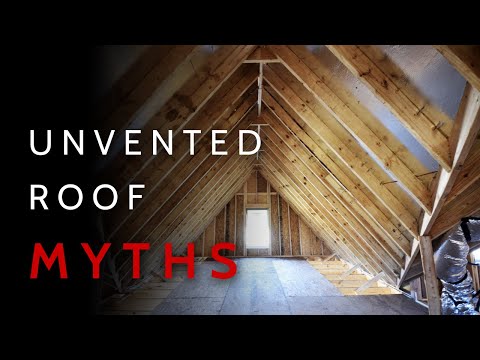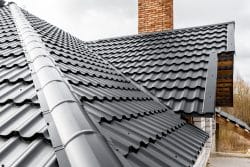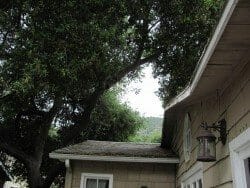Unveiling the Truth About Unvented Roof Systems: Myths, Design, and Performance Insights
The Myths and Realities of Unvented Roofs
Unvented roofs, also known as conditioned roofs, have garnered a controversial reputation within the building community. Many builders and design professionals tend to shy away from them due to numerous issues arising from poorly designed assemblies. However, when properly executed, unvented roofs can surpass the performance of vented roofs across various climates. This discussion aims to debunk common myths surrounding unvented roofs, explore design strategies that prevent issues like moisture accumulation, and highlight how these roofs can enhance the durability of buildings.
Designing Conditioned Roof Assemblies
One prominent myth is that unvented roofs inevitably lead to rot due to moisture buildup and mold formation on the sheathing’s back side. This issue is largely dependent on the roof assembly’s design and how it manages condensation and moisture. Contrary to belief, unvented roofs require conditioning to maintain their integrity. Properly designing the roof assembly involves using strategies such as installing adequate rigid insulation outboard of the sheathing. This strategy prevents moisture from condensing on the sheathing by keeping it warm enough to avoid reaching the dew point.
The required thickness of the rigid insulation varies based on the climate zone and the overall R-value needed for the roof assembly. In colder climates, a higher ratio of external insulation is necessary compared to warmer areas. Ensuring the roof assembly is airtight is crucial, typically achieved through self-adhered or fluid-applied air barriers that prevent convective looping at insulation joints. This airtight layer helps in avoiding moisture deposition within the assembly.
Alternatives to Spray Foam in Roof Insulation
Addressing another common misconception, it’s not mandatory to use spray foam for insulating unvented roofs. In fact, there are valid reasons to avoid spray foam, such as its potential to off-gas harmful chemicals and its susceptibility to cracking in cold climates. Instead, options like rigid foam insulation installed outboard or using smart vapor retarder membranes offer viable alternatives. These alternatives not only provide necessary moisture control but also offer flexibility in using different insulation materials within the roof’s cavity, such as mineral wool, cellulose, or fiberglass, each with its own advantages.
Mineral wool, for instance, is favored for its non-supportive nature towards rot, vapor permeability, and added fire resistance. When using a smart vapor retarder membrane, ensuring it is well-sealed at all joints and penetrations is vital for maintaining an effective air barrier and controlling vapor diffusion.
Addressing Ice Dam Formation on Unvented Roofs
While it’s true that unvented roofs can facilitate ice dam formation, this issue is manageable with proper design modifications. Ice dams occur when melting snow on a roof refreezes at the eaves, creating ice build-ups that can lead to water seepage beneath the roofing materials. In vented attics, the cold air entering helps keep the roof temperature close to the outside, thus reducing the chances of ice dam formation. However, for unvented roofs, creating a vented over-roof setup can decouple the building’s heat loss from the roof sheathing, mimicking the thermal conditions of a vented roof and effectively preventing ice dams.
Impact of Roof Venting on Shingle Security and Roof Temperatures
Another myth suggests that unvented roofs cause shingles to blow off more frequently than vented roofs. This is not inherently true as the main culprit for shingle loss is wet and rotten sheathing, which can occur in any poorly designed roof irrespective of venting. The focus should be on preventing moisture retention and ensuring proper condensation management within the roof assembly. Moreover, it is often thought that unvented roofs result in higher attic temperatures. However, the color of the roofing material and the quality of insulation play far more significant roles in influencing attic temperatures than does the presence or absence of venting.
Effective insulation and air sealing are key in ensuring that a conditioned attic stays close to the indoor temperatures, which is beneficial for overall energy efficiency. Additionally, using air conditioning in the interior space can exacerbate cool air loss in vented roofs due to negative pressures pulling air through ceiling leaks, an issue less prevalent in well-sealed unvented roofs.
For those looking to delve deeper into the nuances of roof assemblies and building envelope design, exploring comprehensive building science resources can provide extensive knowledge and technical insights. Such resources are invaluable for anyone involved in building or renovating homes, offering guidelines on everything from managing roof designs to ensuring long-term durability and efficiency of building envelopes.







